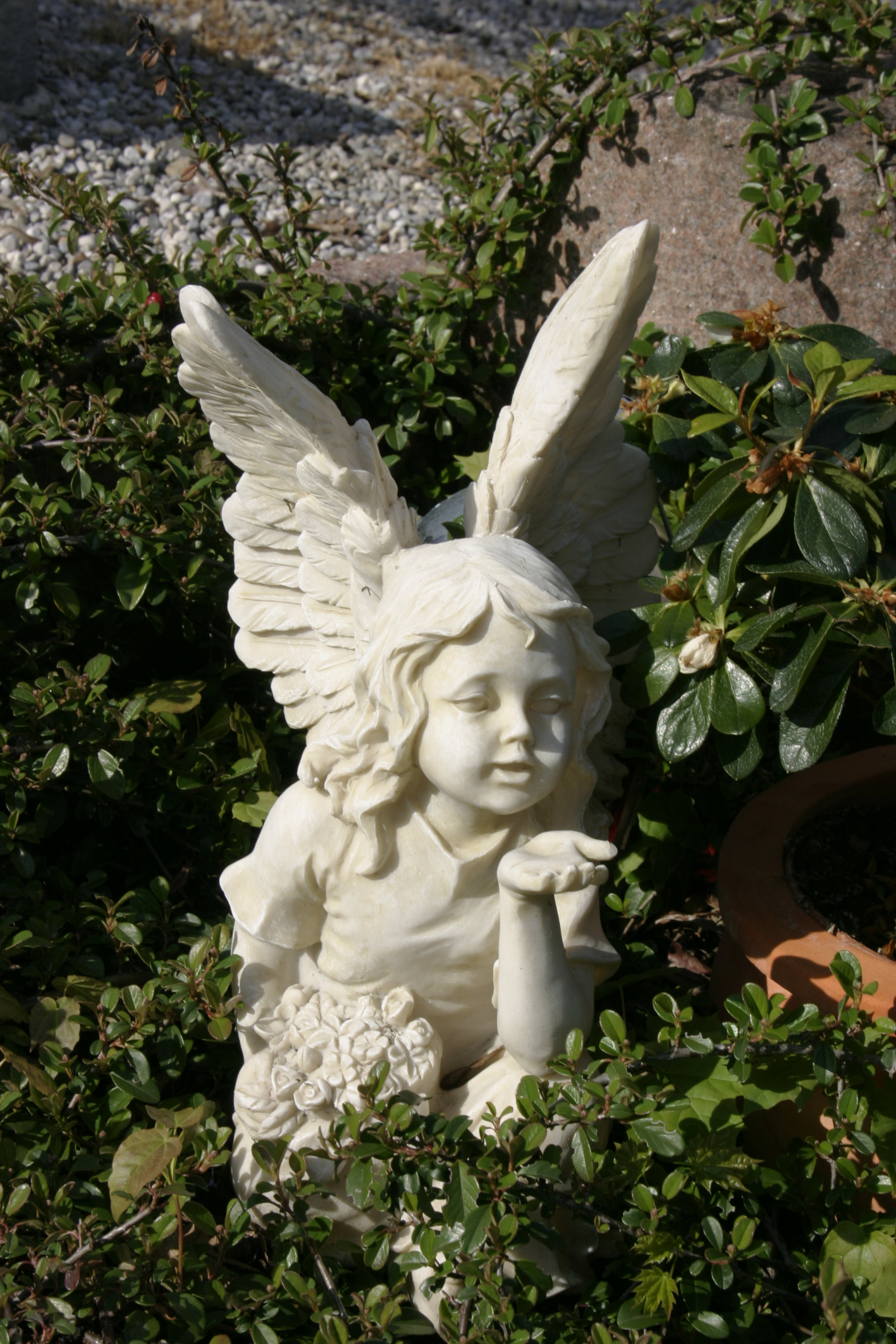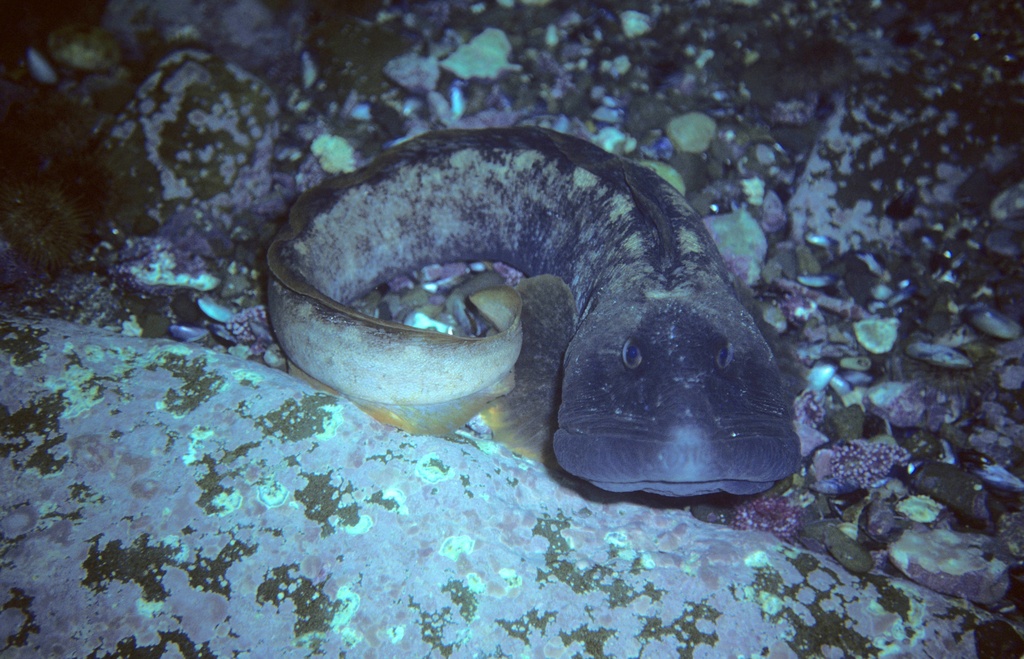|
Pout (other)
Pout may refer to: * A facial expression ** Facial expression of air kiss * Pout, Senegal, a commune in Thiès Region, western Senegal * ''Trisopterus luscus'' or Pouting, a fish in the family Gadidae * Ocean pout, a kind of eelpout in the family Zoarcidae * Brown bullhead, or "horned pout", a widespread species of small catfish native to the Eastern United States Pouting Pouting may refer to: * Pouting, a contraction of the muscles in the lips, either voluntarily or as a result of a snout reflex The Snout reflex (also orbicularis oris reflex) or a "Pout" is a pouting or pursing of the lips that is elicited by light tapping of the closed lips near the midline. The contraction of the muscles causes the mouth to resemble a snout. This reflex ... * Pouting (fish), a fish found along the European coast {{disambiguation, fish ... [...More Info...] [...Related Items...] OR: [Wikipedia] [Google] [Baidu] |
Facial Expression
A facial expression is one or more motions or positions of the muscles beneath the skin of the face. According to one set of controversial theories, these movements convey the emotional state of an individual to observers. Facial expressions are a form of nonverbal communication. They are a primary means of conveying social information between humans, but they also occur in most other mammals and some other animal species. (For a discussion of the controversies on these claims, see Fridlund and Russell & Fernandez Dols.) Humans can adopt a facial expression voluntarily or involuntarily, and the neural mechanisms responsible for controlling the expression differ in each case. Voluntary facial expressions are often socially conditioned and follow a cortical route in the brain. Conversely, involuntary facial expressions are believed to be innate and follow a subcortical route in the brain. Facial recognition can be an emotional experience for the brain and the amygdala is highly invo ... [...More Info...] [...Related Items...] OR: [Wikipedia] [Google] [Baidu] |
Air Kiss
An air kiss, blown kiss, or thrown kiss is a ritual or social gesture whose meaning is basically the same as that of many forms of kissing. The air kiss is a pretence of kissing: the lips are pursed as if kissing, but without actually touching the other person's body. Sometimes, the air kiss includes touching cheek-to-cheek. Also, the gesture may be accompanied by the ''mwah'' sound. The onomatopoeic word mwah (i.e. "a representation of the sound of a kiss") has entered Webster's dictionary. in ''Webster's New Millennium Dictionary of English'' The character block Unicode 1F618 provides the " [...More Info...] [...Related Items...] OR: [Wikipedia] [Google] [Baidu] |
Pout, Senegal , has developed rapidly as a result of industrialisation. It was made a ''commune de ville'' in 1990.
Surrounded by forest, it is also a vegetable and fruit growing area where mangos, mandarins and oranges are produced. The industrial activity includes agricultural machine fabrication, salt and cement production and the export offruit and vegeta ...
Pout is a town with commune status in Thiès Department in Thiès Region of Senegal. Its population in 2013 was 23,728. It stands on the side of the N2 road, giving easy access to the large towns of Dakar and Saint-Louis. The town, in an area traditionally peopled by Sereer The Serer people are a West African ethnoreligious group. [...More Info...] [...Related Items...] OR: [Wikipedia] [Google] [Baidu] |
Thiès Region
Thiès is a region of western Senegal. The capital is also called Thiès. Geography Thiès has two coastlines, one in the north with the Grande Côte housing the Niayes vegetable market, one to the south with the Petite Côte, one of the tourist areas of Senegal. Principally the main passageway between the peninsula and the rest of the country, the region of Thiès has received a communication route connected to the first rail line and new road infrastructure. Thiès is relatively small, yet it is the most populous region after Dakar, with a population of 2,709,112 inhabitants at the end 2007. The coastal communities are dependent on fishing, growing crops, and coastal tourism for subsistence. The interior of the region was the peanut basin. Phosphates are also mined there. History The Thiès Region has always been occupied by the Serer people since States headed by ancient Serer Lamanes, the ancient Serers and Timeline of Serer history, their ancestors. However, in the pre ... [...More Info...] [...Related Items...] OR: [Wikipedia] [Google] [Baidu] |
Trisopterus Luscus
''Trisopterus luscus'' (; bib, pout whiting, pout or most commonly pouting) is a seafish belonging to the cod family (Gadidae The Gadidae are a family of marine fish, included in the order Gadiformes, known as the cods, codfishes, or true cods. It contains several commercially important fishes, including the cod, haddock, whiting, and pollock. Most gadid species ...). Distribution, size and life cycle Pouting are found predominantly in European waters, especially around the south and west of the British Isles and in Scandinavian waters, although they can also be found in the Mediterranean and along the north African coast. They can be found across rocky and sandy seabeds with smaller specimens being found close to the shore and larger pouting being moving further offshore. The greatest depths at which pouting can be found is 300 metres. Pouting are generally a small fish, seldom exceeding 30 centimetres in length, although rare specimens can reach almost double this len ... [...More Info...] [...Related Items...] OR: [Wikipedia] [Google] [Baidu] |
Ocean Pout
The ocean pout (''Zoarces americanus'') is an eelpout in the family Zoarcidae. It is found in the Northwest Atlantic Ocean, off the coast of New England and eastern Canada. The fish has antifreeze proteins in its blood, giving it the ability to survive in near-freezing waters. Taxonomy The ocean pout was first formally described in 1801 by the German naturalists Marcus Elieser Bloch and Johann Gottlob Theaenus Schneider with its type locality given as "American seas". It is one of six species in the genus ''Zoarces'', the only genus in the subfamily Zoarcinae which is one of four subfamilies in the eelpout family Zoarcidae. Description The ocean pout has an elongated, tapering body with a wide mouth with fleshy lips, the upper lip protruding further than the lower. This species varies in color from yellow through to reddish brown and to grayish-=green and is marked with a series of cross like markings running the length of the eel-like body. There is a dark brown line on each ... [...More Info...] [...Related Items...] OR: [Wikipedia] [Google] [Baidu] |
Brown Bullhead
The brown bullhead (''Ameiurus nebulosus'') is a fish of the family Ictaluridae that is widely distributed in North America. It is a species of bullhead catfish and is similar to the black bullhead (''Ameiurus melas'') and yellow bullhead (''Ameiurus natalis''). It was originally described as ''Pimelodus nebulosus'' by Charles Alexandre Lesueur in 1819, and is also referred to as ''Ictalurus nebulosus''. The brown bullhead is also widely known as the "mud pout", "horned pout", "hornpout", or simply "mud cat", a name also used with the other bullhead species. The brown bullhead is important as a clan symbol of the Ojibwe people. In their tradition, the bullhead or is one of six beings that came out of the sea to form the original clans. Appearance The brown bullhead grows to be approximately in length and is a darker brown-green dorsally, growing lighter green and yellow towards the ventral surface. The belly is off-white or cream, and the fish has no scales. Additionally, th ... [...More Info...] [...Related Items...] OR: [Wikipedia] [Google] [Baidu] |
Snout Reflex
The Snout reflex (also orbicularis oris reflex) or a "Pout" is a pouting or pursing of the lips that is elicited by light tapping of the closed lips near the midline. The contraction of the muscles causes the mouth to resemble a snout. This reflex is tested in a neurological exam and if present, is a sign of brain damage or dysfunction. Along with the "suck", palmomental reflexes and other reflexes, snout is considered a frontal release sign. These reflexes are normally inhibited by frontal lobe activity in the brain, but can be "released" from inhibition if the frontal lobes are damaged. They are normally present in infancy, however, and until about one year of age, leading to the hypothesis that they are primitive or archaic reflexes. Frontal release signs are seen in disorders that affect the frontal lobes, such as dementias, metabolic encephalopathies, closed head injuries, and hydrocephalus. All of these disorders produce diffuse cerebral damage, usually involving many areas ... [...More Info...] [...Related Items...] OR: [Wikipedia] [Google] [Baidu] |

.jpg)
